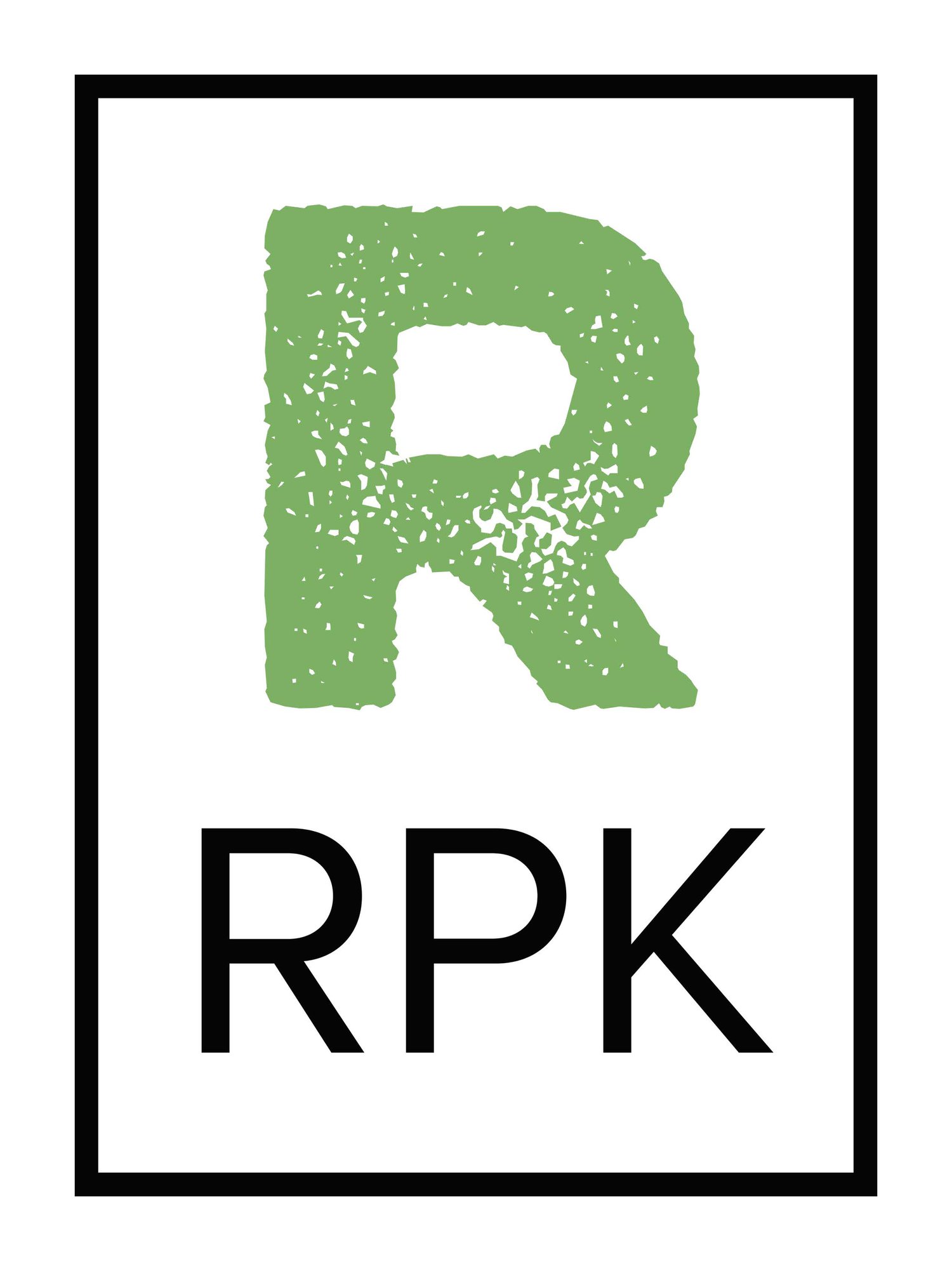Landscape Designing for Healthy Living
Landscapes that surround our homes, workplaces, and other areas are vital for our mental and physical well-being. While these changes may not be readily visible, they certainly occur gradually, resulting in positive vibrations and improved health. Landscape designs range from backyard and garden designing to the creation of public parks & places, as well as walking trails outside our offices. Landscape designing and urban green development encourage us to spend more time outdoors while ensuring quick and convenient access to green spaces as well as a host of wellness amenities for better living.
Read on to find out more about landscape design for healthy living.
The Importance of Wellness Real Estate and Urban Green Spaces
Landscape designing is one of the main aspects of healthy living today. An increasing number of landscape designers and urban planners stress creating urban green areas including, recreation areas, social spaces, parks, and community gardens, for better community walkability.
Urban green spaces offer a range of environmental benefits such as counteract heat, eventually minimizing energy prices, and the money spent on cooling buildings. Urban greenery is also helpful in reducing water, noise, and air pollution and offset greenhouse gases through the absorption of carbon dioxide. Other ecological benefits of urban green spaces and landscaping include nature conservation and preserving biodiversity.
The above reasons have given rise to the concept of wellness real estate and lifestyle. Governments around the world are supporting and searching for ways to meet the growing demand for wellness real estate as well as communities. In 2017, the wellness real estate industry stood at $134 billion, growing at 6.4% yearly since 2015. According to market estimates, the sector will grow by 6% yearly in the future, expanding to $180 billion by 2022. These figures encompass the design & construction of commercial and residential spaces such as hospitality, office, multi-family, mixed-use spaces, leisure, medical and other properties that incorporate wellness elements or features in their materials, building, and design.
Placemaking for Better Landscapes
Landscape designing for healthy living also constitutes practicing appropriate placemaking. Through placemaking, landscape architects focus on achieving an innovative sense of place and community building while enhancing and preserving cultural & natural resources. These practices help shape lasting and beautiful public spaces that promote the health, well-being, and happiness of people. Another way of achieving placemaking is through reconfiguring existing streetscapes and incorporation of vacant areas into fresh developments.
Complete streets for Healthy Living
Designing for healthy living also takes into account creating spaces for all the users in the community. It entails offering multiple options for transportation and convenient access to users for outdoor activities that ultimately help them improve their health. Landscape designing for healthy living focuses on safe access to transportation and complete streets that offer wider bike lanes and sidewalks. It also includes streets with bike share stations and networks, parks featuring exercise equipment, community gardens, and walk trails. When done right, complete streets and landscape designing offer several physical and mental health benefits such as improved cognitive ability, quick recovery from illness, stress reduction, reduced rates of asthma as well as several environmental and ecological benefits.



